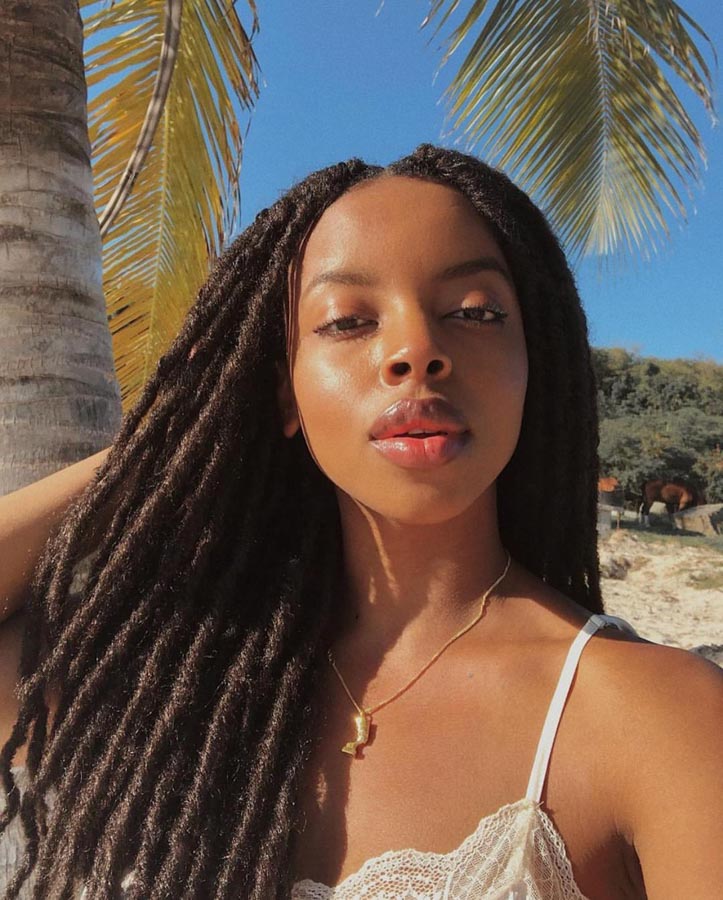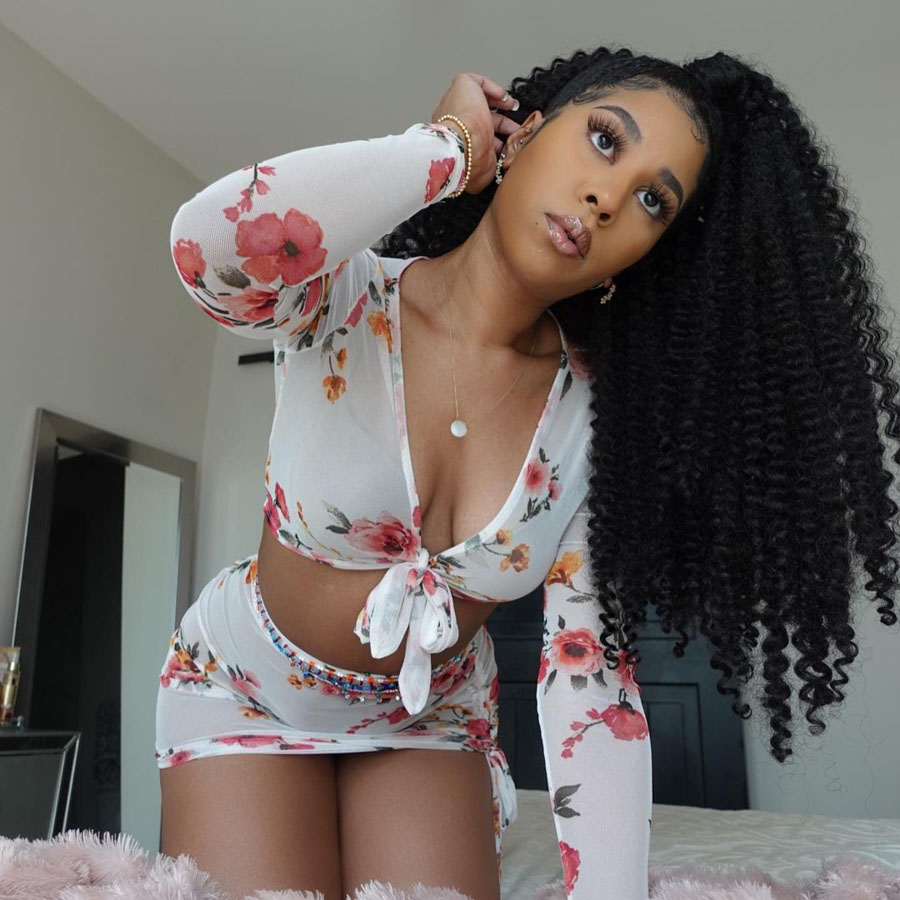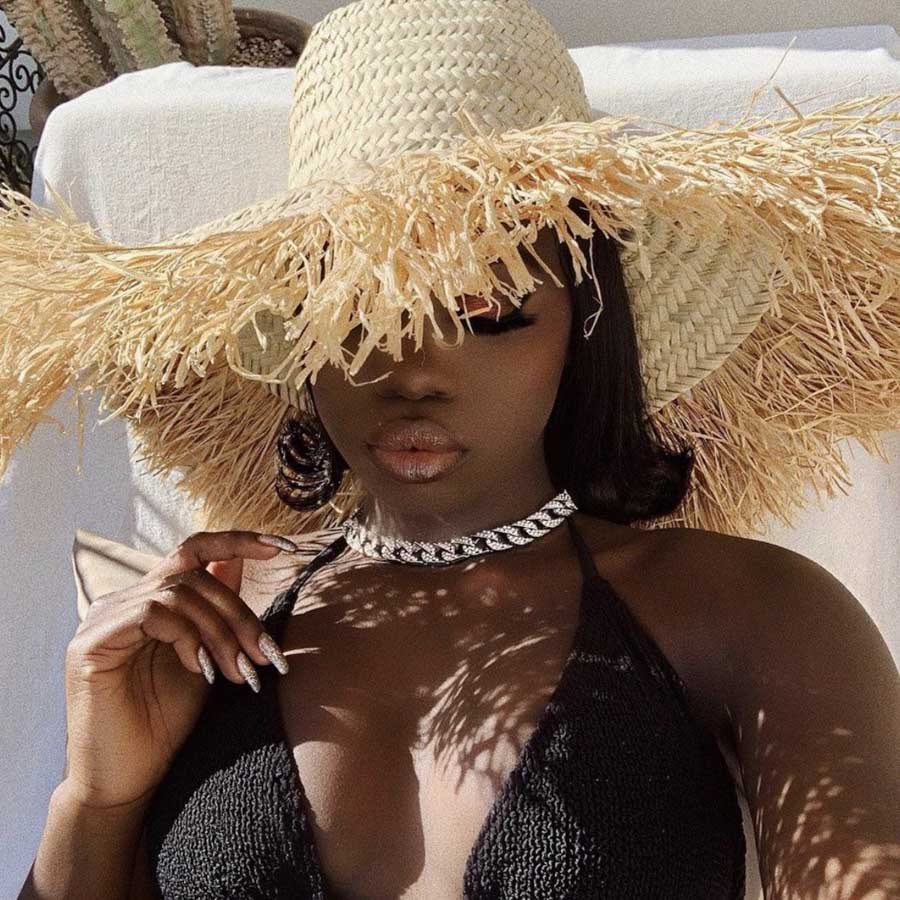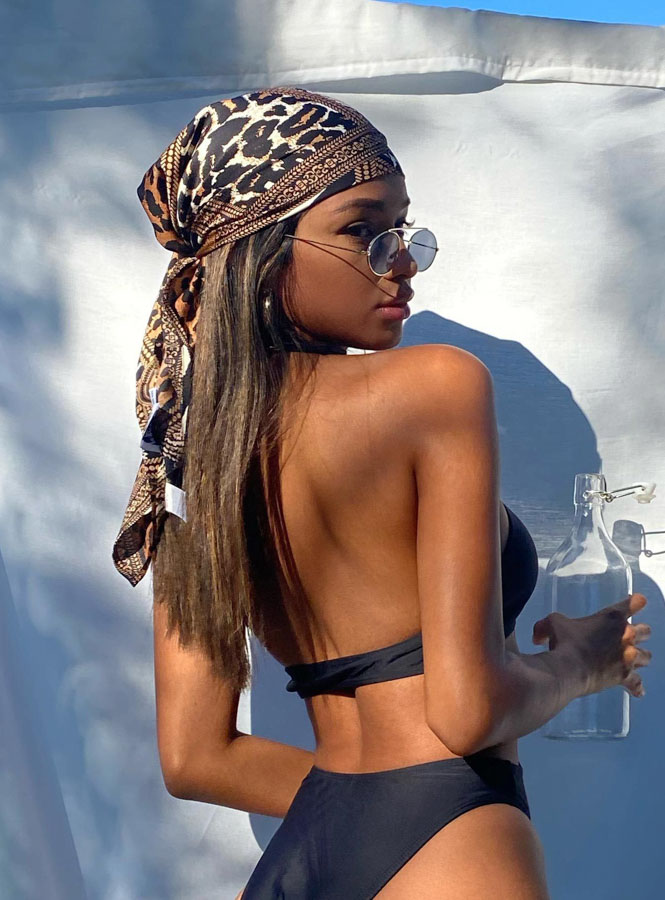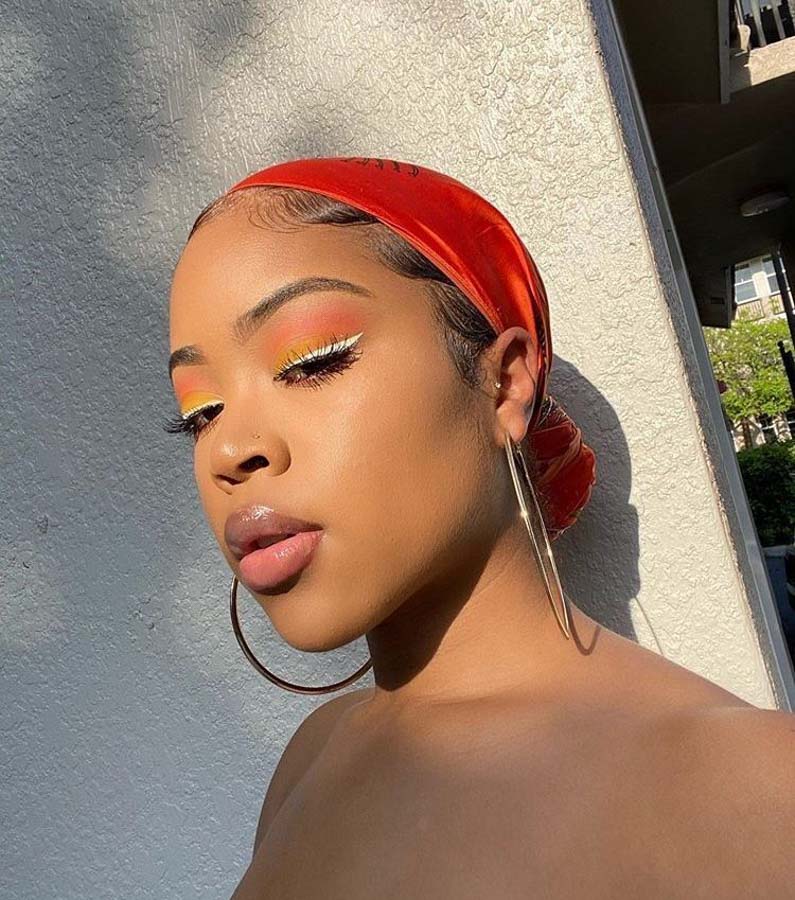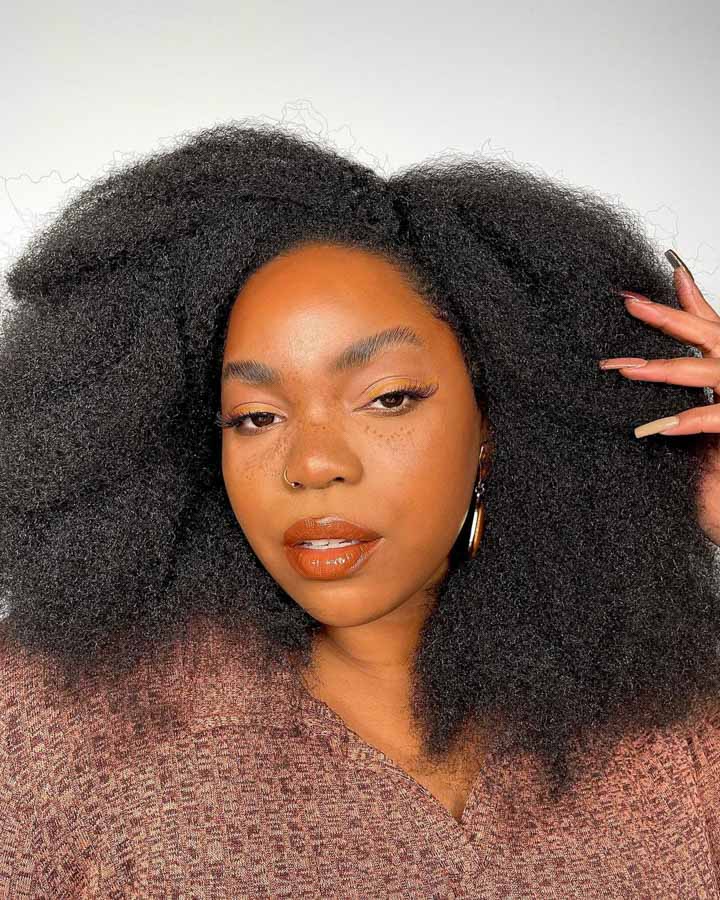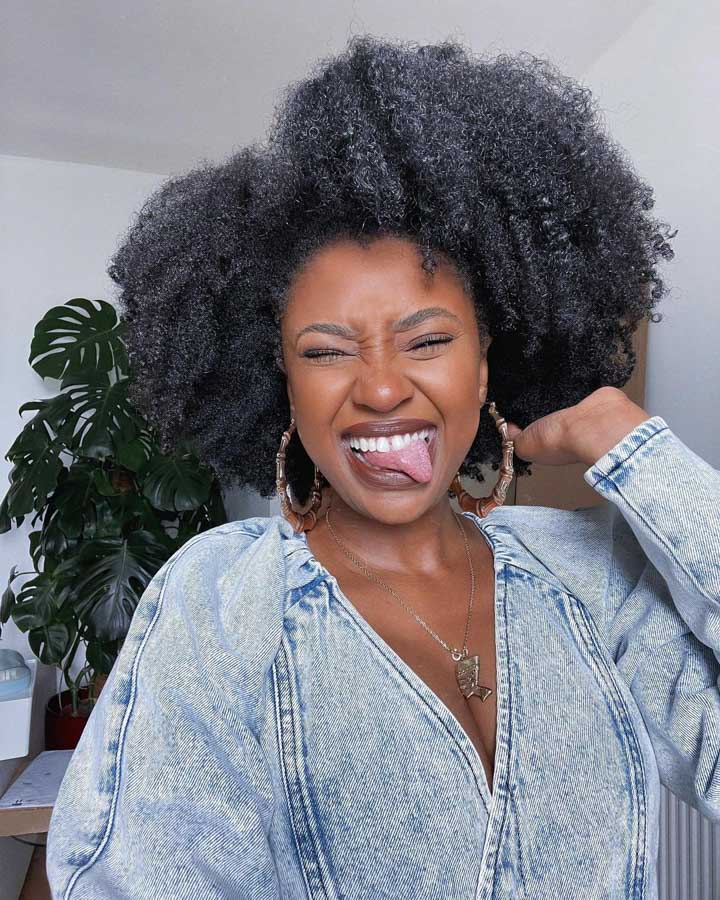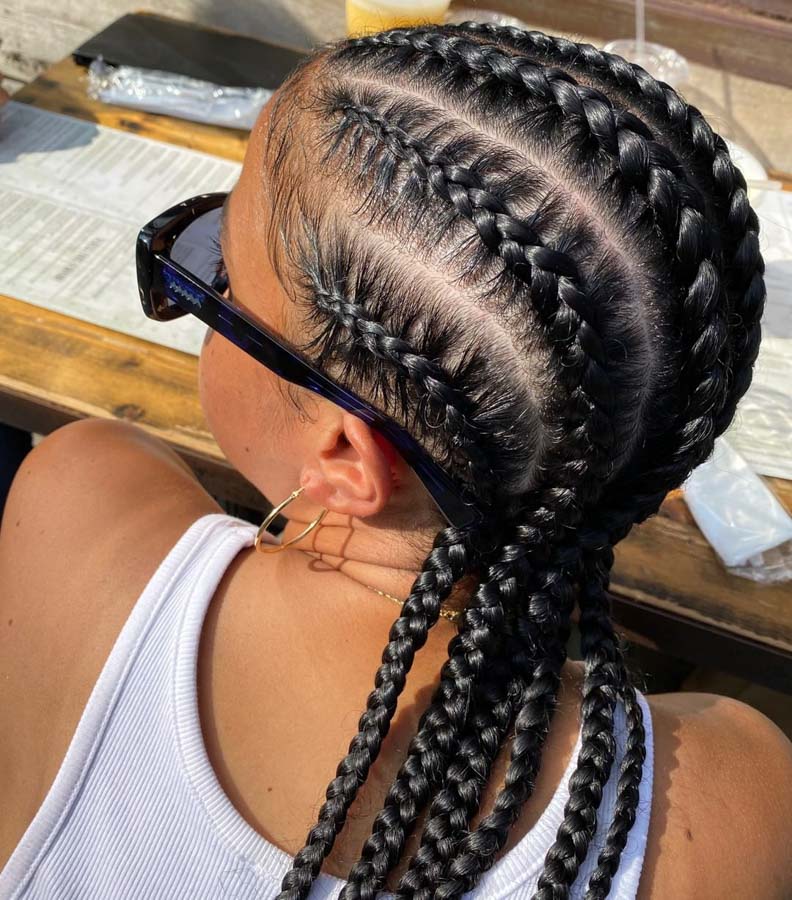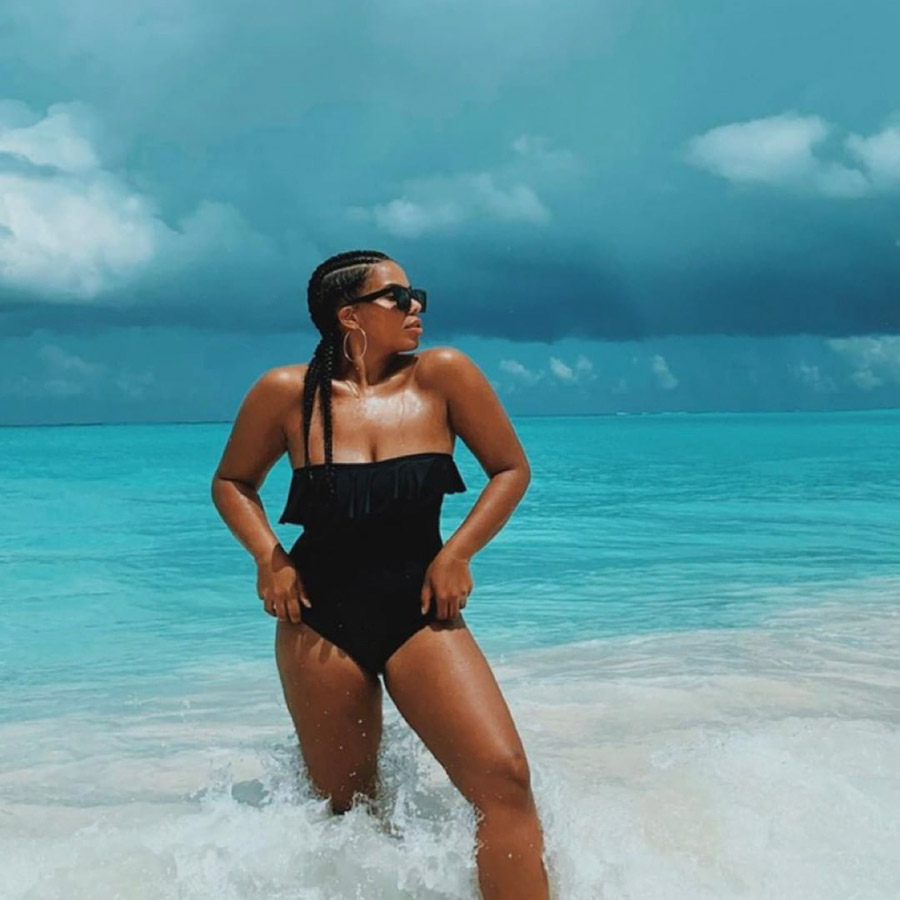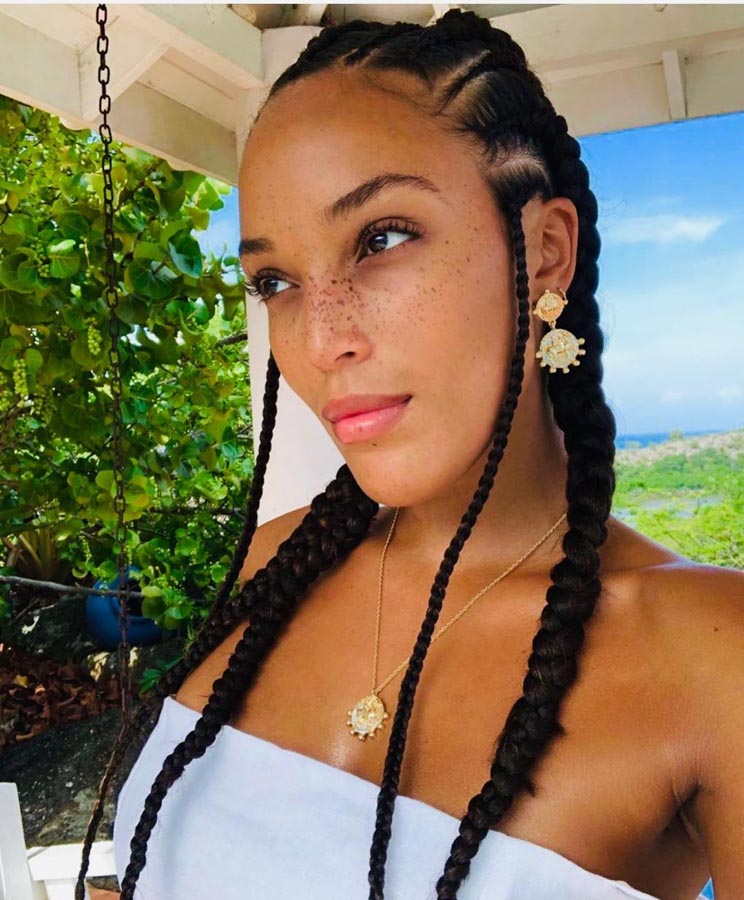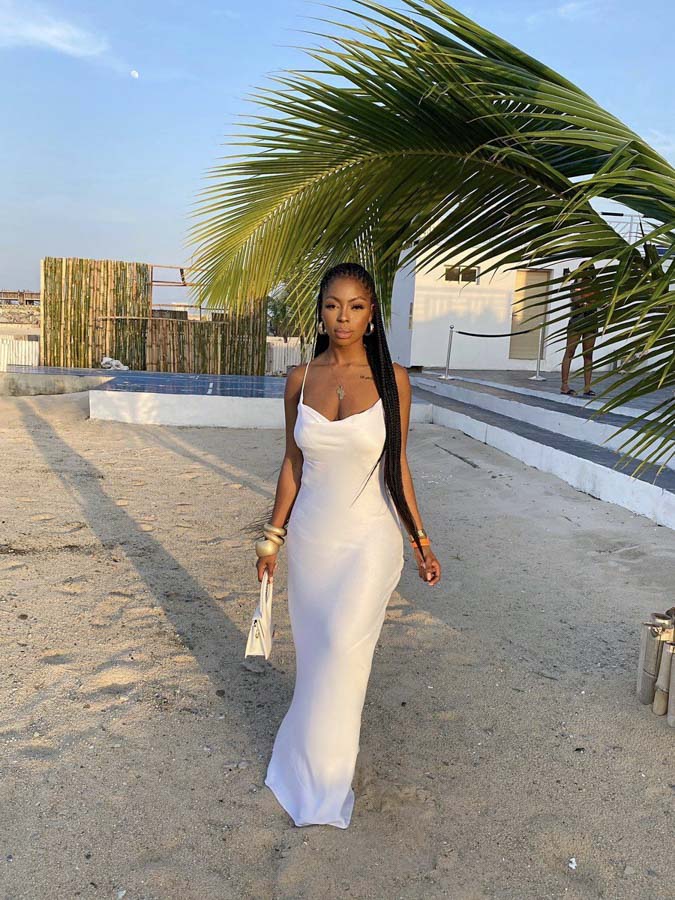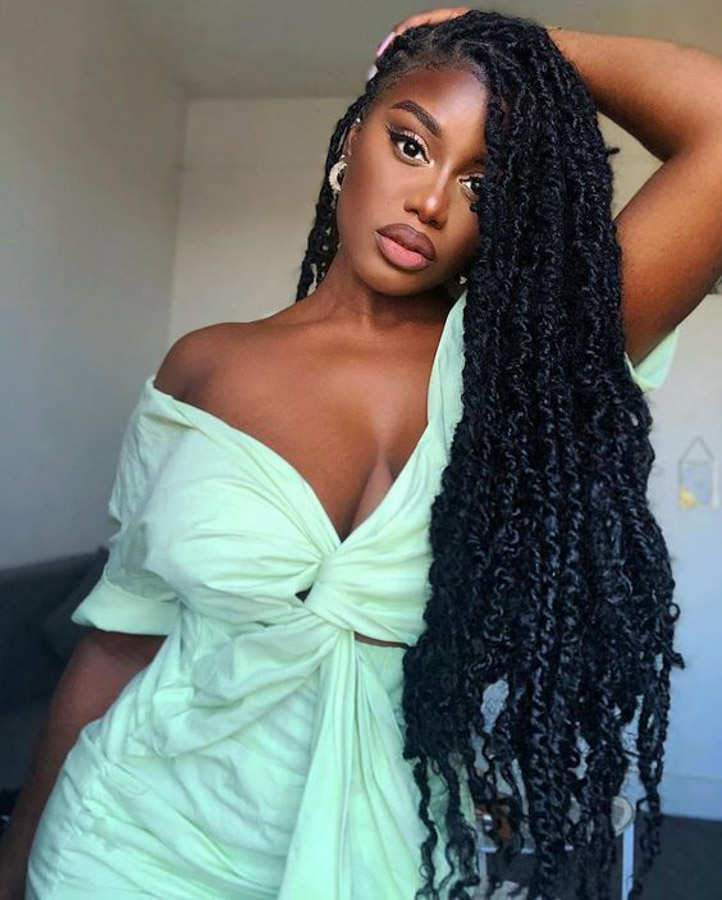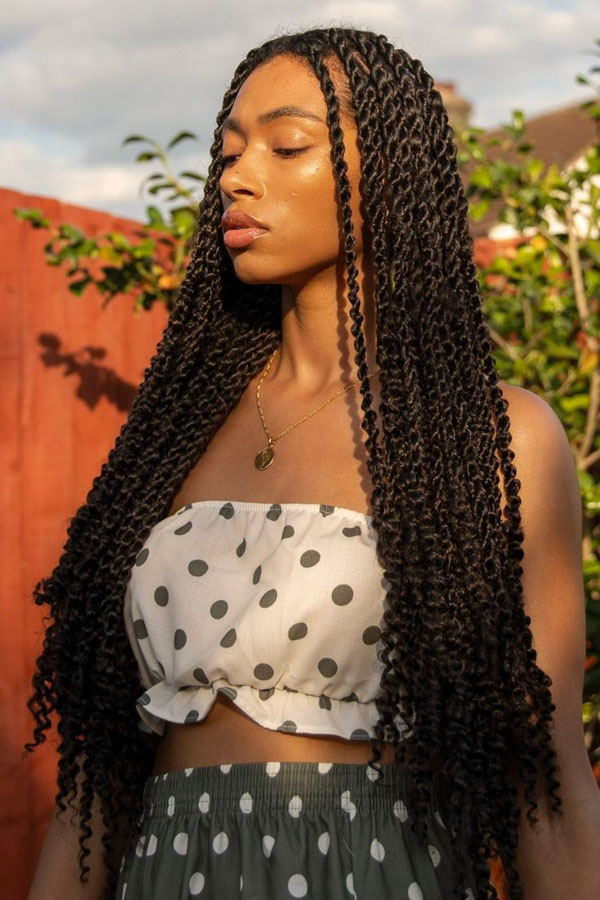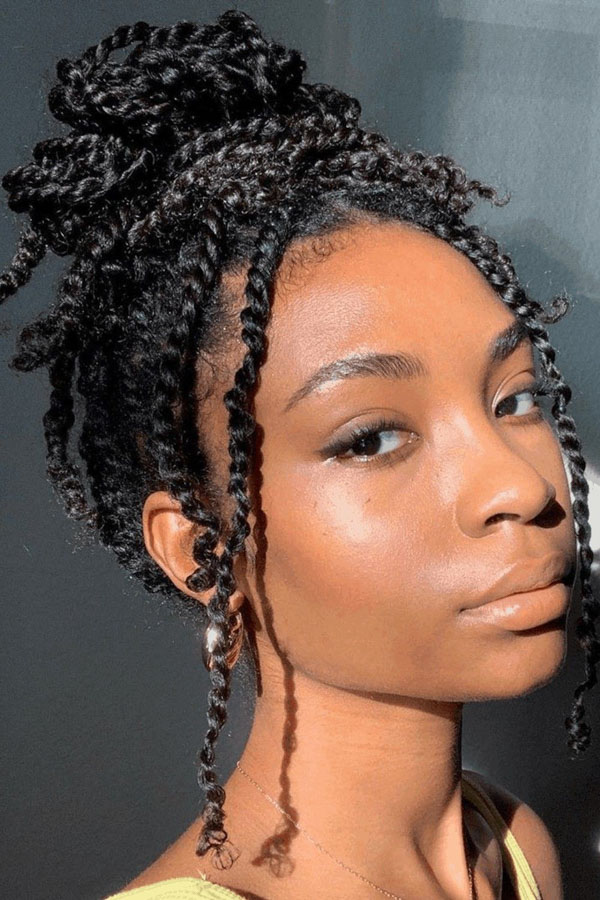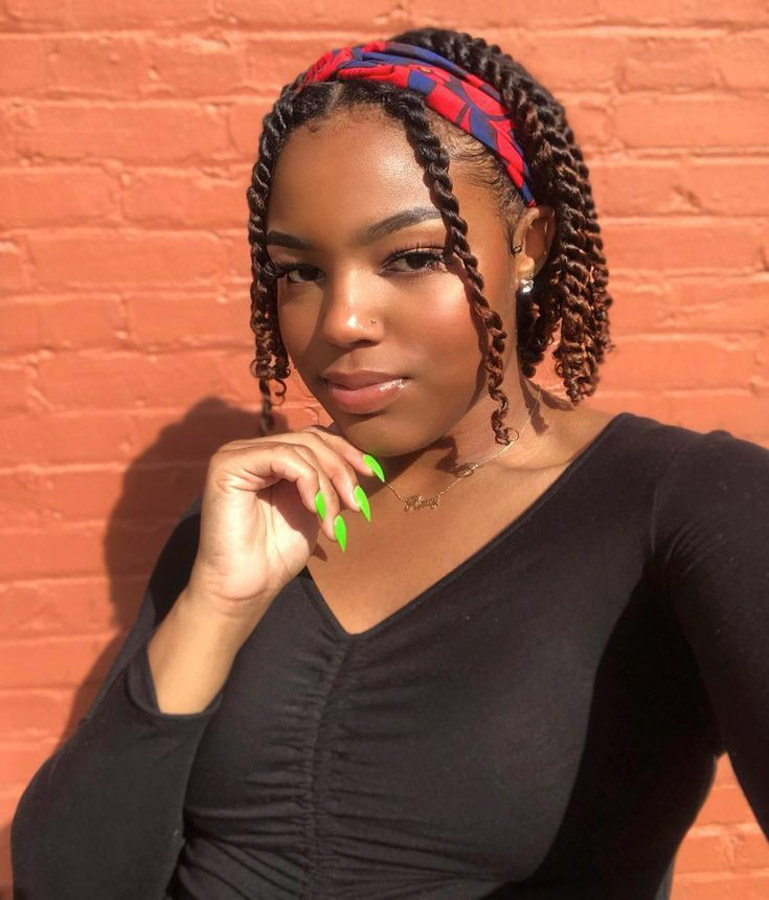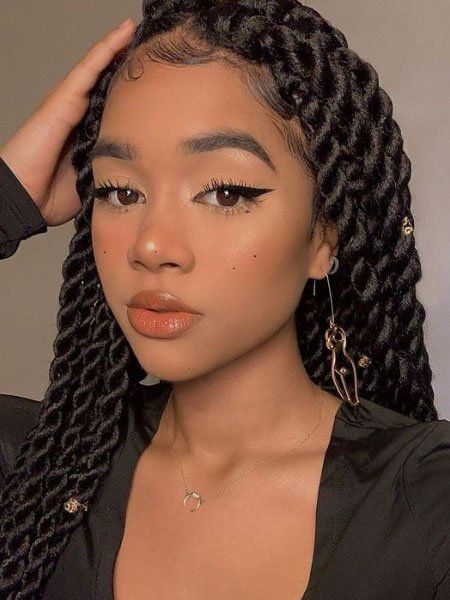Are you tired of dealing with uncontrollable frizz that seems to have a mind of its own? Frizzy hair can be a common and frustrating issue for many individuals, but fear not – there are effective solutions to help you achieve smooth and sleek locks. In this comprehensive guide, we’ll explore 12 proven ways to tackle frizz and restore the natural beauty of your hair. From simple adjustments to your hair care routine to innovative styling techniques, we’ve compiled a range of strategies to address frizz at its roots. Say goodbye to the constant with unruly hair and say hello to a smoother, more manageable mane.
WHAT CAUSES FRIZZY HAIR?
Frizzy hair is often caused by a lack of moisture. When the hair is dry and deprived of moisture, the cuticle layer (the outermost layer of the hair shaft) becomes rough and raised. This allows the hair to absorb moisture from the air, causing it to swell and creating a frizzy appearance. Several factors contribute to this lack of moisture, including:
Humidity: High humidity levels in the environment can lead to increased moisture absorption by the hair, resulting in frizz.
Heat Styling: Excessive use of heat styling tools like blow dryers, straighteners, and curling irons can strip the hair of its natural oils, leading to dryness and frizz.
Harsh Hair Products: Certain shampoos and conditioners containing sulfates and alcohol can contribute to dryness and frizz. Additionally, using products with silicones without proper cleansing can lead to product buildup, making hair appear frizzy.
Overwashing: Washing your hair too frequently can strip it of natural oils, leaving it dry and prone to frizz.
Environmental Factors: Exposure to harsh weather conditions, such as wind and sun, can contribute to frizz by depleting the hair’s moisture.
Hair Type: Some individuals naturally have hair that is more prone to frizz due to its texture, such as curly or wavy hair.
HOW TO TREAT FRIZZY HAIR
USE SULFATE- AND SILICONE-FREE PRODUCTS
Using hair care products containing silicones and sulfates may lead to dryness in your hair. Opt for products that explicitly state “silicone and sulfate-free” on the bottle. Seek alternatives with ingredients such as essential oils, biotin, and herbal extracts.
Be cautious about products containing alcohol, as it can contribute to dryness and frizz. If your sulfate-free shampoo doesn’t produce much foam or bubbles, don’t worry. Sulfates are responsible for creating the foaming effect, and your new products may not lather as much.
WASH YOUR HAIR WITH WARM WATER
When you shower with hot water, the oils needed to keep your hair healthy are lost. This can leave your hair dry and frizzy after showering. To prevent this situation, when washing your hair, use warm water instead of water that is too hot. If you notice steam rising in the shower, it’s a sign that the water may be too hot and can strip your hair of its natural oils. Adjusting the water temperature to warm instead of hot can help keep your hair more moisturized and less prone to frizz. Besides, consider using the best shampoos for dry and frizzy hair.
USE A CONDITIONER AFTER WASH YOUR HAIR
Nourish your hair with essential moisture to keep frizz at bay. After washing your hair, use a quarter-sized amount of leave-in conditioner specifically designed for frizzy hair. Apply it from the middle to the ends of your hair, avoiding the roots to prevent a greasy appearance. Allow the leave-in conditioner for frizzy hair to work its magic for 2 to 3 minutes before rinsing.
When washing your hair, be gentle with the shampooing process to avoid causing frizz and dryness. After washing, a leave-in conditioner for frizzy hair becomes your ally in taming unruly strands and maintaining moisture.
TRY A DEEP CONDITIONER ONCE A WEEK
For an extra boost of hydration and control over dry, frizzy hair, consider incorporating the best leave-in conditioner for dry frizzy hair into your routine. Once a week, treat your locks to a deep conditioning session using a high-quality leave-in conditioner. Apply a generous amount of the deep conditioner, ensuring thorough coverage from roots to tips. Allow the product to penetrate your hair for an extended period, ideally following the recommended time on the product label.
This weekly ritual will not only infuse your hair with much-needed moisture but also work to combat frizz, leaving your locks looking smoother and more manageable.
SQUEEZE MOISTURE OUT WITH A TOWEL
Rubbing or scrubbing your hair with a towel can cause a lot of friction and make your hair frizzy. It might even damage or break the ends of your hair. After showering, take your towel and gently pat your hair until it’s not super wet. Wrap your hair in the towel to soak up the remaining water and keep it wrapped for about 5 minutes. If you can, use a microfiber towel instead of a regular one because they are softer on your hair and can help prevent frizz.
COMB THROUGH YOUR HAIR WHEN IT’S MOSTLY DRY
When your hair is mostly dry, it’s a good time to comb through it. Using a comb on semi-dry hair helps to detangle without causing unnecessary breakage or damage. Wet hair is more prone to breakage, so waiting until your hair is mostly dry reduces the risk. Start by combing from the ends and work your way up to the roots to gently remove any knots or tangles. This simple practice contributes to maintaining the health of your hair, leaving it smoother and more manageable.
LIMIT YOUR USE OF HEAT STYLING TOOLS
Try not to use heat styling tools too often. Things like blow dryers, straighteners, and curling irons can make your hair dry and frizzy. If you can, let your hair air dry instead of using a blow dryer. Save straightening or curling for special times, and when you do use them, use a heat protectant to keep your hair safe. Using heat styling tools too much can lead to damage and more frizz in the long run. So, limit how often you use them to keep your hair healthy and happy.
TOUCH YOUR HAIR AS LITTLE AS POSSIBLE
Whether your hair is wet or dry, it’s crucial to avoid touching it excessively. Regardless of your hair type, constant touching can lead to increased frizz and puffiness. This is because your fingers can absorb the natural oils from your hair, disrupting its texture. Unless you’re styling your hair, refrain from running your hands through it. This advice is particularly crucial for individuals with curly or wavy hair. Disturbing the natural curl pattern can result in loose, frizzy curls. Therefore, minimize unnecessary touching to maintain the integrity and definition of your hair’s texture, especially if you have curly or wavy locks.
APPLY ARGAN OIL TO THE ENDS OF YOUR HAIR
To address dry hair frizz, try using the best hair oil for frizzy hair, such as argan oil. Apply a few drops of argan oil to your palms and gently run it through the ends of your hair, focusing on smoothing out frizz. This not only helps combat frizz but also imparts a sleek and shiny finish to your hair. Avoid applying the oil directly to your scalp to prevent a greasy appearance, particularly if it has been a few days since your last wash. Concentrate on the ends for a polished look without the risk of greasiness.
TAMP DOWN FRIZZ WITH HAIR WAX
Dealing with flyaways at the crown of your head can be quite bothersome. Take a quarter-sized amount of hair wax and use two fingers to gently smooth down individual flyaways. You can continue using hair wax throughout the day to manage your hairstyle and control frizz. The good thing about hair wax is that it’s not oily or greasy, making it safe to apply near your roots.
SLEEP ON A SILK PILLOWCASE
If you’re dealing with frizzy hair, consider making a simple change in your bedtime routine by sleeping on a silk pillowcase. Unlike cotton, silk causes less friction, which can help reduce frizz. Cotton pillowcases can be harsh on your hair, causing it to tangle and become frizzy overnight. The smooth surface of a silk pillowcase allows your hair to glide easily, minimizing the risk of frizz and breakage.
Additionally, silk helps retain the natural oils in your hair, keeping it moisturized and less prone to dryness. Making this small adjustment can contribute to waking up with smoother, more manageable hair.
TRIM YOUR SPLIT ENDS REGULARLY
Regularly trimming your split ends is a crucial step in maintaining healthy and beautiful hair. Split ends can make your hair look frizzy and dull, so getting rid of them is essential for a smoother and more polished appearance. Make it a routine to trim your split ends every few months to prevent them from traveling up the hair shaft and causing more damage. This simple practice not only helps in managing frizz but also promotes overall hair health, ensuring that your locks look their best.
FAQ
1. Is frizzy hair unhealthy?
No. Frizzy hair is not necessarily unhealthy; it is often a result of dryness or lack of moisture.
2. What makes frizzy hair worse?
Frizz results from hair lacking moisture, leading it to absorb moisture from the surrounding air, especially in humid conditions.
3. Why is my hair so frizzy even after using conditioner?
Frizz post-conditioning may result from not applying conditioner on wet hair. To address dryness and prevent frizz, use a deep conditioning masque for added moisture.
CONCLUSION
These 12 effective ways to combat frizzy hair provide a comprehensive guide to achieving smoother and more manageable locks. Whether through proper moisture maintenance, gentle hair care practices, or strategic styling techniques, incorporating these tips into your routine can help you tame frizz and promote overall hair health. Experiment with these suggestions to discover the combination that works best for your hair type, ensuring that you can confidently say goodbye to frizz and hello to sleek, beautiful hair.
